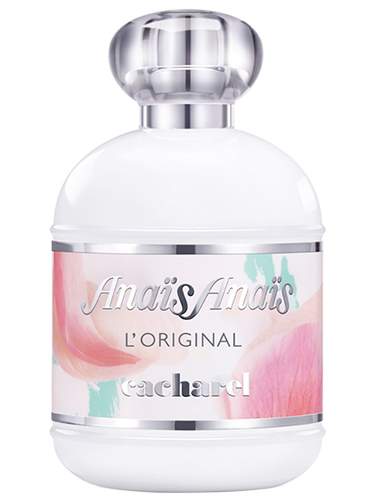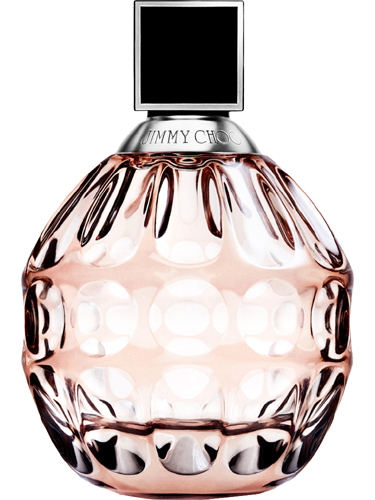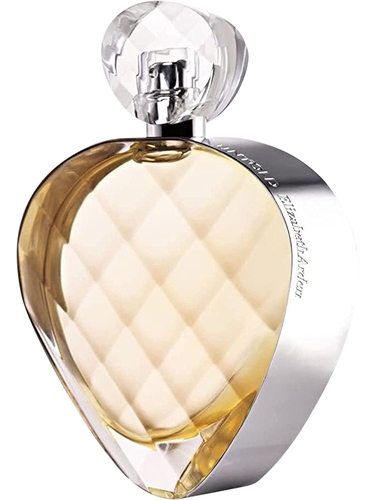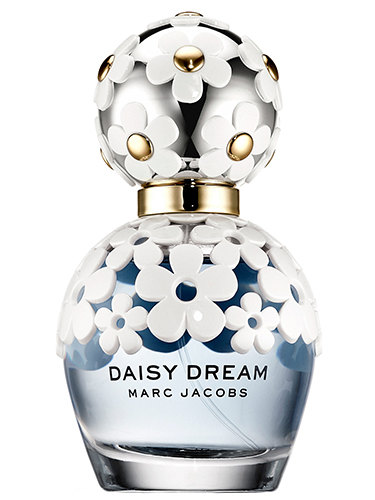Soft Floral
The marriage of sparkling aldehydes and delicate flowers creates a family of soft, often powdery, abstract florals.
Aldehydes are found naturally in rose and citrus oils, but in such minute amounts that they have to be re-created in the laboratory. Their natural scent is not pleasant: some have a sharp, metallic fragrance, others the burnt, waxy aroma of a justsnuffed candle. Add them to flowers, however, and their subtle magic makes the blossoms sing. Their soprano notes are muted by the powdery accents of iris and vanilla to create a fragrance that is both soft and flowery.
Floral
Florals remain the most popular fragrance family.
Their repertoire is vast, ranging from concertos on the theme of a single floral note to mighty symphonies of heady mixed bouquets. Headspace technology has given perfumers an avalanche of exciting new floral notes: it allows them to identify and clone the scent of blooms from which no oil can be extracted by traditional methods. Each year, unusual new notes are found, revitalising the traditional floral theme.
Fruity
Peaches and pears, apples and plums. A twist of tropical fruits.
Essences of strawberry, raspberry and berries of all hues. Add a splash of flowers to create a family of fruity cocktails that smell delicious.
Green
Green fragrances capture the sharp scent of fresh-cut grass and violet leaves.
Despite the outdoors imagery, the impact of the classic resinous galbanum accord is so potent that many green fragrances have a formal rather than sporty personality. In recent years, a palette of softer, lighter green notes has given this fragrance family fresh appeal.
Water
Redolent of the scent of soft sea breezes, the marine notes were created in 1990.
The early water notes captured the ozonic aroma of wet air after a thunderstorm. Today, the water notes are more often used as an accent to enliven florals, orientals and woody fragrances.
Citrus
From the zest of lemons, mandarins, bergamot, oranges and grapefruit come the citrus oils that lend these fragrances their distinctive, tangy aroma.
Floral, spicy and woody notes transformed the light, refreshing eaux de cologne into real fragrances. A new generation of musk and tea accents adds an interesting dimension to the oldest fragrance family.
Aromatic Fougère
This is the universal fragrance family, with sexy cool-warm notes of citrus and lavender, sweet spices and oriental woods.
It takes its name from a fragrance long since discontinued: Fougère Royale, introduced by Houbigant in 1882. Men grew up on Fougères. Most of the key men’s fragrances developed since the mid-1960s have come from this family; their zesty, masculine character makes men feel comfortable. Most women, too, find the blend of Fresh, Floral, Oriental and Woody notes appealing. It is a winning combination.
Dry Woods
A mossy-woody fragrance takes on a drier character with the addition of cedar, tobacco and burnt wood notes.
The Dry Woods family is often called Leather, after the dry, smoky scent of Russian leather. Fresh citrus notes play an important role in most Dry Woods fragrances, lightening the deep, almost animalic heart notes.
Mossy Woods
Perfumers call these forest notes of oakmoss, amber and citrus Chypre fragrances.
The family takes its name from the first significant mossy-woody fragrance, Chypre de Coty, created by François Coty in 1917. Chypre is the French name for the island of Cyprus, birthplace of Venus, the legendary goddess of love. From Cyprus, too, comes the oakmoss that is at the heart of all Chypre fragrances.
Woods
Lately, perfumers have rediscovered woody notes in a big way, so it makes sense to distinguish them from the Chypre or Mossy Woods fragrances.
Classic woody scents are dominated by harmonies of cedar, patchouli, pine, sandalwood and vetiver but a new palette of exotic wood notes - often cloned from headspace technology - has stimulated greater creativity in this neglected fragrance category.
Woody Oriental
The liaison of rich Oriental notes and the potent scents of patchouli and sandalwood produced some of the most original perfumes of the 1990s.
This family emphasises the woody character of Floral Orientals. The key difference is that their flowers and spices play second string to the dominant sandalwood and/or patchouli notes. The Oriental influence is more noticeable, too, and balances the deep wood notes.
Oriental
Orientals are the exotic queens of perfumery.
Sensual, often heavy, blends of oriental resins, opulent flowers, sweet vanilla and musks are introduced by refreshing citrus, green or fruity top notes. The new ‘sheer’ Orientals gained some ground in the late 1990s, but the appeal of the full-bodied, take-no-prisoners Orientals endures.
Soft Oriental
Incense adds sensual overtones to fragrant flowers, spices and amber to create a softer style of Oriental.
The base notes of a modern Soft Oriental are not as sweet or as heavy as a true Oriental and the result - a mélange of flowers and spices - is distinctly softer.
Floral Oriental
Soft, spicy orange flower notes meld with piquant aldehydes and sweet spices to create the heart of a Floral Oriental fragrance.
Born in the 1900s, Floral Orientals came back to life again in the 1970s. In the past decade, lively, fruity interpretations dominated the Floral Oriental category, but recent fragrances have developed a more subtle, muted personality.





















